Along Dusty Roads was created by Andrew and Emily back in 2014. Now a top 10 travel blog, Along Dusty Roads covers slow travel; living, breathing and falling in love with every destination they visit. We caught up with the travel couple to find out about their lives as bloggers, use of social, the best places in the world and how they work with brands and PRs.
How do you describe what you do to other people?
With great difficulty.
We wear many hats in this job, literally and metaphorically. There’s a bunch of creative stuff (writing, photography, design), lots of admin, lots of logistics and planning, lots of website and tech things, areas that are akin to marketing and advertising, and then all the day-to-day jobs that come with running our own digital business.
It’s the travelling that’s the easy part, but most people perhaps don’t realise everything else we have to do to keep Along Dusty Roads ticking over.
However, the golden thread running through absolutely everything we do, and motivating everything we do, is trying to help people to travel more, and travel better.
That can take many forms, but primarily it’s about writing personal guides and tales based only on our own experiences and adventures so that others can read reliable, realistic, and relatable writing to inspire or plan their next trip. And taking pretty pictures along the way while trying to raise awareness of a travel style that’s more responsible, considerate and curious!
How do different social channels work with your blog?
We try to maintain a consistent voice across them, but it’s difficult as each social media channel lends itself to a different type of content and a different type of attention. Simply cross-posting the same things or pushing out old blog posts each day isn’t what our social media is there for – instead it’s somewhere to show our personality a little more, build a community outside the more static medium of the blog and share different stories of our travels or a destination.
There’s no doubt that Instagram takes up more of our time and attention than we’d like, but it’s also the social media that most clients care most about. We were slow starters to Stories, but absolutely love it as a creative space and way to interact better with our followers. We struggle with Twitter as a forum for travel, but recently have found our audience actually really enjoy images, which we previously thought weren’t a good fit for the medium. Facebook is comfortable and we have a lot of people there who have been with us since the beginning, but sometimes being a bit more personal or longform on that platform doesn’t feel right.
Do you think travel blogging will be your job forever?
We certainly hope so.
The dream is to grow Along Dusty Roads while always keeping it true to our core principles and travel philosophy. There are various projects, improvements and innovations we’d like to do based around the blog, but the trouble is finding the time to develop these.
Where’s the best place for street food in the world?
Based on our own experience of the world (there are so many places we haven’t visited), we’d go for Mexico.
Which country has the friendliest locals?
Every country has friendly locals who go out of their way to make you feel welcome, but every country also has people who may not. Thankfully, we’ve experienced more of the former rather than the latter on our own travels.
What’s your favourite mode of transport?
Due to our travels across Latin America, we’ve probably spent about two months in the last five years solely travelling on buses (which usually had a Fast and Furious movie on, or anything else from The Rock’s back catalogue).
When it isn’t packed or ridiculously expensive though, there’s a gentle romanticism to train travel – and as a traveller it is the sort of environment where conversations different to the ordinary with a new person are possible. It’s also less stressful and more sustainable than many other modes of transport.
Do you accept press releases?
We write everything on Along Dusty Roads, and we only write about places that we have personally visited and experienced. We think that’s something core to what distinguishes a travel blog from any other travel-oriented website out there – and readers value that. This means that we don’t accept or publish press releases.
What are the best collaborations you’ve worked on?
We’re very selective on collaborations.
That travellers trust us, and respect our opinions, which means the absolute world to us, and we take that responsibility incredibly seriously. We would never jeopardise it or take it for granted. This means that any collaboration has to be a great fit for our audience and our travel style, and something or somewhere that we can genuinely and wholeheartedly support or recommend.
Thankfully, this focus on suitability and quality means that the campaigns and collaborations we do work on are pretty great. For example, we’re Wanderers for G Adventures, a small-group adventure company that does great things to lead the conversation on responsible and sustainable travel.
What advice would you give to PRs/brands reaching out to you?
The main advice is to start conversations about working together as early as possible. We have to plan out our travels months in advance, and having things sorted earlier rather than last-minute helps massively.
Also, taking the time to look into who we are and what we do at Along Dusty Roads before getting in touch makes a world of difference. Generic queries waste everyone’s time, but we love discussing how we can work together when it’s clear that somebody has taken the time to actually think about whether we’re a good fit for them (and vice versa) and contacts us with a clear idea about what they want to do together.
We only really work on bespoke campaigns now, so the final thing would be to trust our experience as travellers and bloggers so that we can create a campaign together that doesn’t simply visit the same places mentioned in every single other article about a destination, and understanding that free time on an itinerary is a good thing, not a bad thing, when it comes to travel writing.
What other blogs do you read?
We like to get our travel inspiration and travel journalism from a really diverse set of traditional and modern media, rather than only reading blogs, but we are big fans of The Common Wanderer, This Battered Suitcase, Jungles in Paris, Budget Traveller and Flora the Explorer (to name just a few).


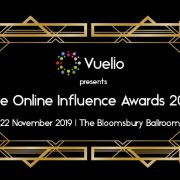


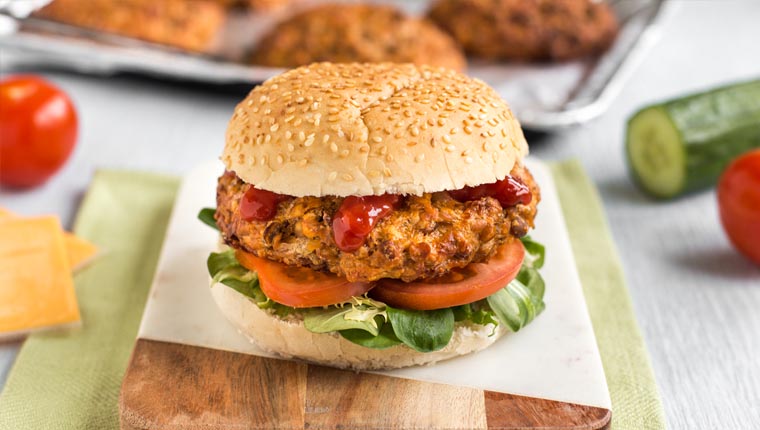
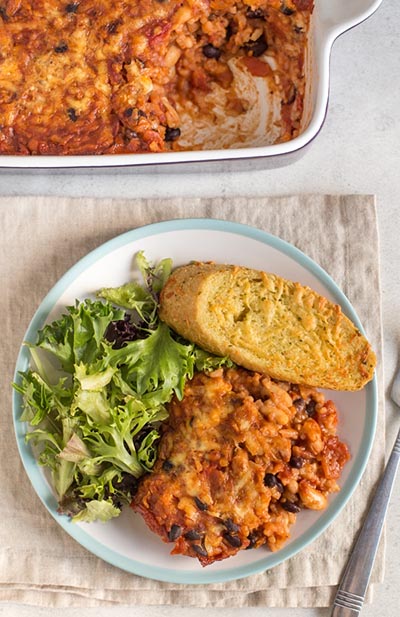 What’s your favourite recipe from your own repitoire?
What’s your favourite recipe from your own repitoire?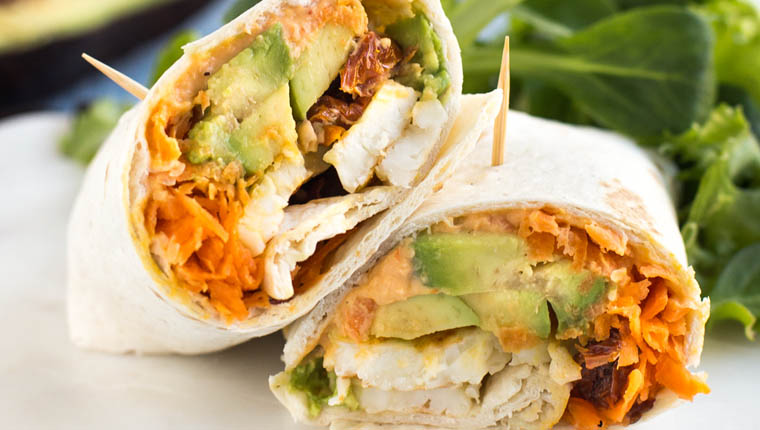




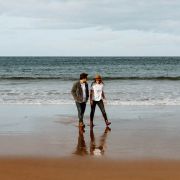
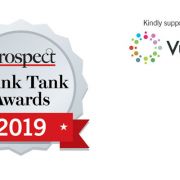


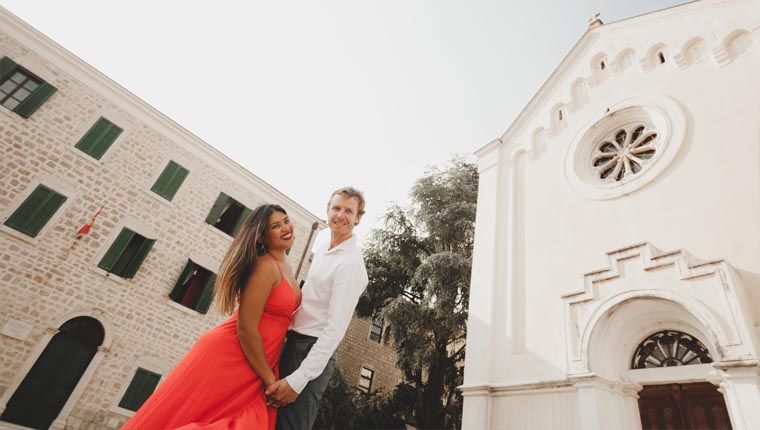

 YouTube, Facebook, Twitch and TikTok are subjects freelance journalist and author Chris Stokel-Walker [pictured] has been steeped in since the age of 17. Now 30, Chris is an expert on digital video media having written about it for outlets including BBC News, Wired UK and The Economist, and
YouTube, Facebook, Twitch and TikTok are subjects freelance journalist and author Chris Stokel-Walker [pictured] has been steeped in since the age of 17. Now 30, Chris is an expert on digital video media having written about it for outlets including BBC News, Wired UK and The Economist, and 

 What’s the biggest issue in men’s fashion at the moment?
What’s the biggest issue in men’s fashion at the moment?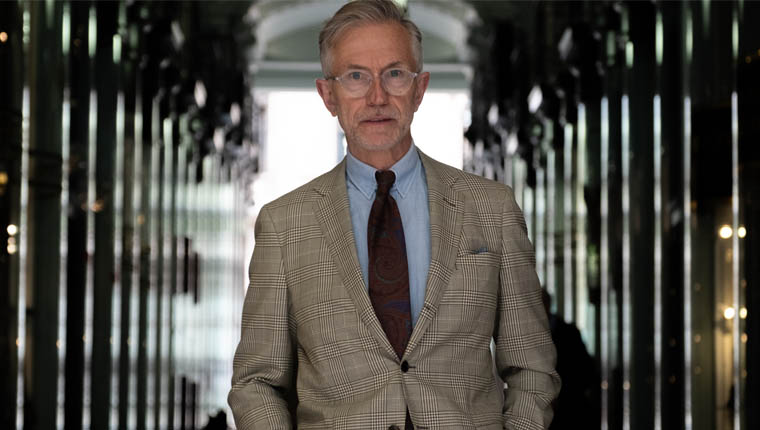 What are the best campaigns/collaborations you’ve worked on?
What are the best campaigns/collaborations you’ve worked on?





 Social media is a potential source of stress for your clients, yet it’s a vital way for them to cut through and achieve success in today’s media landscape. How can it be used as a tool without it becoming a strain for clients and the companies working with them?
Social media is a potential source of stress for your clients, yet it’s a vital way for them to cut through and achieve success in today’s media landscape. How can it be used as a tool without it becoming a strain for clients and the companies working with them?
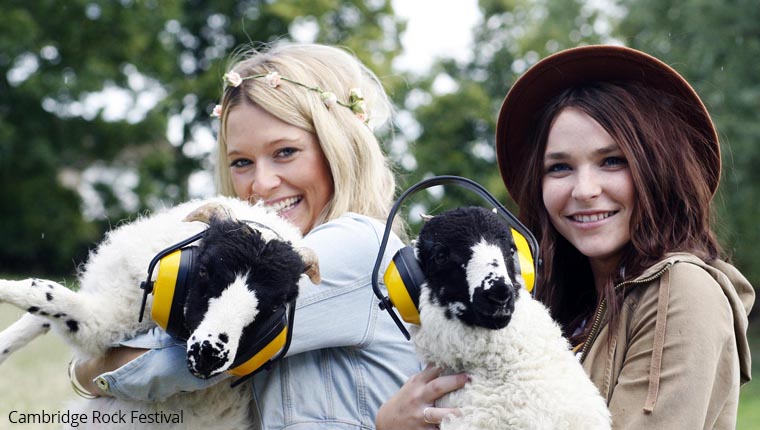

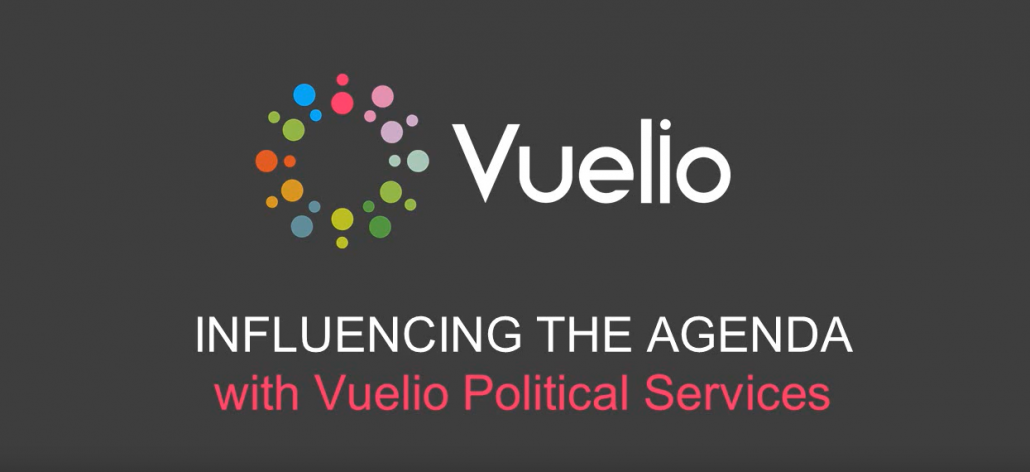


 How do different social channel work with your blog?
How do different social channel work with your blog? Do you accept press releases?
Do you accept press releases?